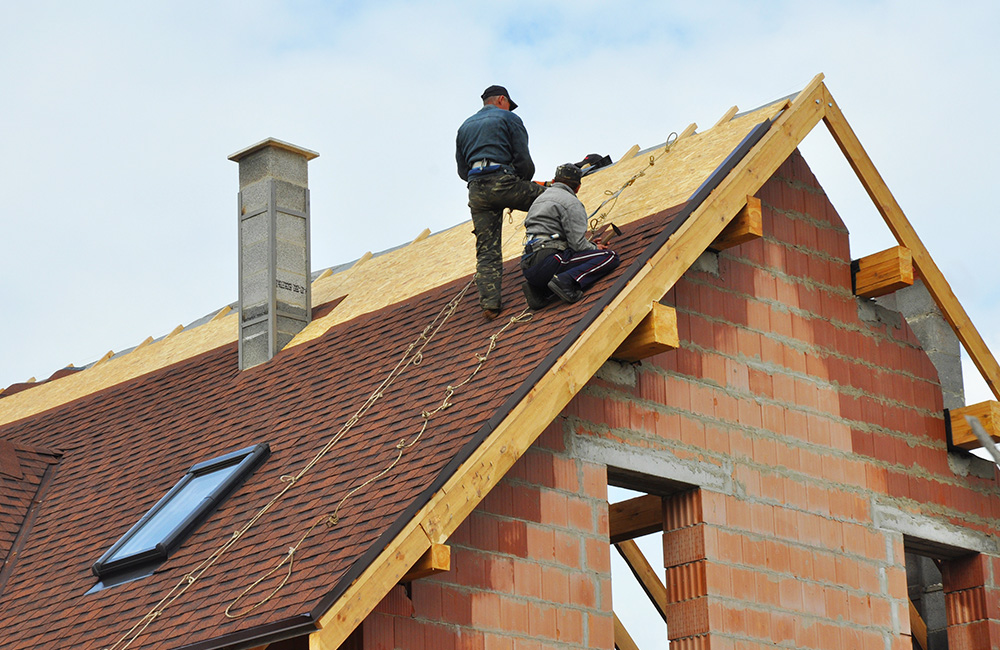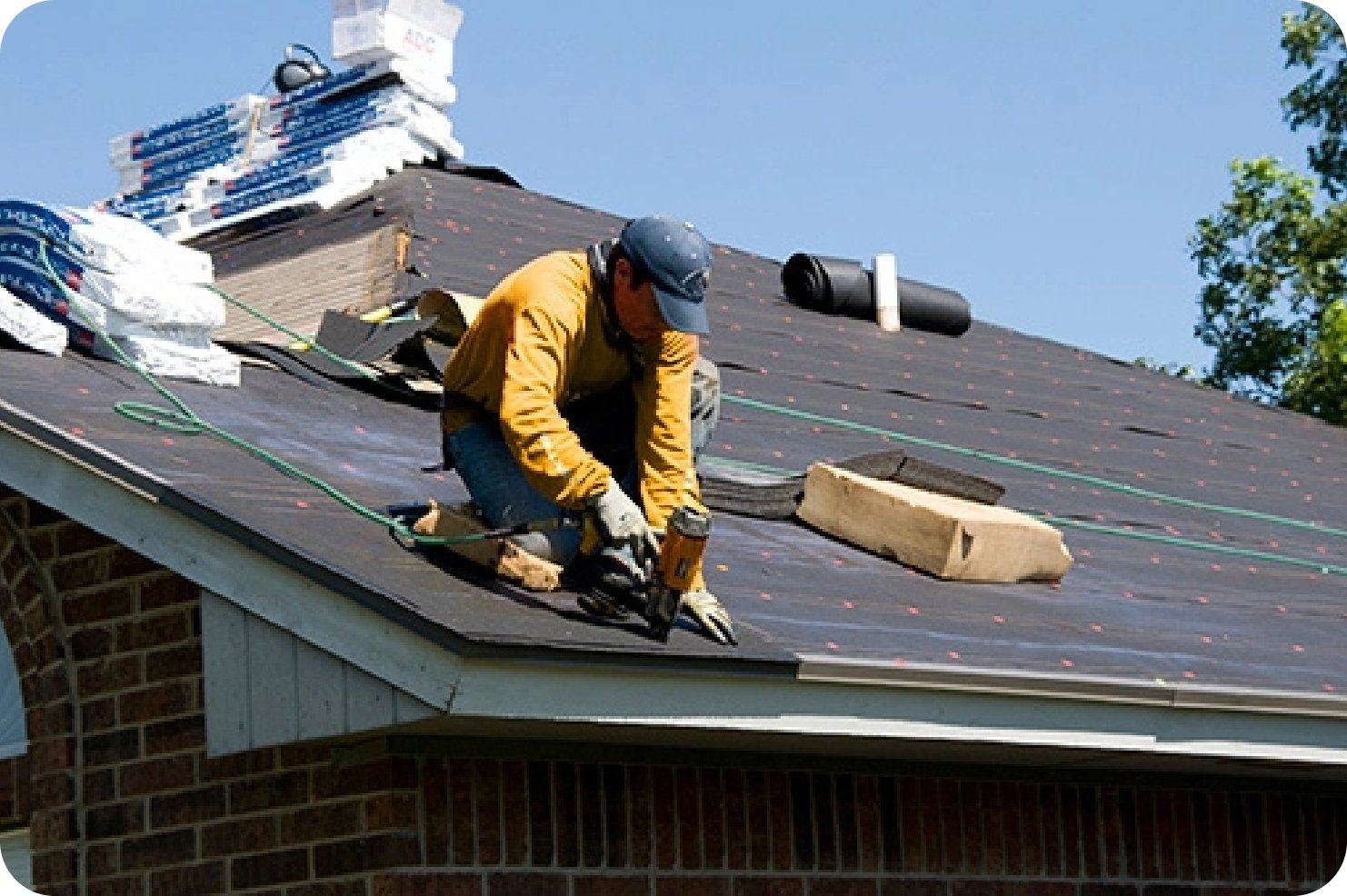Roof Repair Oahu: Expert Roof Services for Lasting Security
Roof Repair Oahu: Expert Roof Services for Lasting Security
Blog Article
Understanding the Different Sorts Of Roofings: A Comprehensive Overview for Homeowners
In the world of homeownership, selecting the ideal roof style is a decision that lugs considerable effects for both performance and visual charm. With a range of alternatives-- varying from the standard gable to the contemporary level-- each kind presents unique benefits and challenges that ought to straighten with the property owner's ecological factors to consider and particular requirements. Recognizing these differences not only help in making an educated option but also affects long-lasting upkeep and energy efficiency. As we explore the intricacies of numerous roofing types, it comes to be evident that size does not fit all; the right option may amaze you.
Saddleback Roof
Gable roofs, defined by their triangular form, are among the most preferred roofing designs because of their simplicity and effectiveness in dropping water and snow. This design includes two sloping sides that fulfill at a ridge, permitting reliable water drainage and lessening the risk of water buildup. The steep pitch commonly connected with saddleback roofs boosts their capacity to manage heavy rainfall, making them appropriate for various environments.
In addition to their sensible benefits, gable roofs offer aesthetic versatility. They can be adjusted to numerous architectural styles, from conventional to modern homes. The design can also suit added functions such as dormer home windows, which boost all-natural light and air flow in the attic area.
Additionally, saddleback roofs supply adequate room for insulation, adding to power efficiency. Property owners can select from a selection of roof materials, consisting of asphalt roof shingles, metal, and tiles, further improving modification choices.
In spite of their advantages, gable roof coverings may require additional support in areas vulnerable to high winds or hefty snowfall. On the whole, the gable roofing system continues to be a popular choice because of its mix of performance, durability, and aesthetic charm.
Apartment Roofs
Flat roofs are typically acknowledged for their minimal design and sensible applications, specifically in commercial and commercial settings (oahu roofing). These roofs feature a horizontal or almost horizontal surface, which permits very easy construction and functional space utilization. While they may lack the visual charm of angled roofs, flat roof coverings provide various advantages, especially in urban atmospheres where taking full advantage of space is critical
One of the main benefits of flat roofings is their ease of access. Homeowners can use the roofing system room for various functions, such as rooftop yards, balconies, or photovoltaic panel installments. Additionally, flat roof coverings are commonly more cost-effective to preserve and install contrasted to their sloped counterparts, as they call for fewer materials and labor.
Nonetheless, level roofings do present specific challenges. Correct drain is essential to prevent water pooling, which can bring about leakages and architectural damages. Therefore, selecting high-grade waterproofing materials and regular evaluations are critical for making sure long life. Typical materials used for level roofs include built-up roof (BUR), customized bitumen, and single-ply membrane layers, each offering distinct advantages. In general, level roofing systems work as a adaptable and practical selection for numerous house owners and businesses alike.
Hip Roofings
Hip roofing systems are identified by their sloped sides that converge at the top, creating a ridge. This layout stands out from saddleback roofs, as all four sides of a hip roofing system slope downwards towards the wall surfaces, giving an extra secure framework. The angle of the slopes can differ, allowing for flexibility in architectural visual appeals and functionality.
One of the primary benefits of hip roofs is their capacity to hold up against hefty winds and unfavorable weather. The sloped surfaces enable much better water drainage, minimizing the threat of leaks and water damage. Additionally, hip roofs supply raised attic room space, which can be made use of for storage and even exchanged comfortable areas.
However, building a hip roofing system can be more complicated and pricey than easier roofing system types, such as gable roofings. The extra material and labor included in producing the inclines and guaranteeing proper structural honesty can result in higher expenses. Regardless of these drawbacks, numerous house owners favor hip roofs for their resilience, visual allure, and potential for energy performance.
Mansard Roofings
Mansard roofs, frequently acknowledged by their unique four-sided design, function 2 slopes on each side, with the lower slope being steeper than the top. This building style, stemming from France in the 17th century, is not just cosmetically appealing but practical, as it makes the most of the functional area in the upper floors published here of a building. The high reduced incline allows for more clearance, making it a perfect selection for loft spaces or attics, which can be converted into living rooms.
Mansard roofing systems are defined by their flexibility, suiting various architectural styles, from typical to modern. They can be created with different products, consisting of asphalt tiles, slate, or steel, providing home owners with a series of options to suit their preferences and budgets. In addition, the layout enables the assimilation of dormer windows, improving all-natural light and air flow in the top levels.
Nevertheless, it is vital to think about the prospective disadvantages. Mansard roofings might require even more upkeep because of the complexity of their layout, and their high slopes can be testing for snow and rain drainage. Generally, mansard roofs combine sophistication with practicality, making them a popular selection amongst home owners looking for distinct building features.
Dropped Roof Coverings
As homeowners significantly seek simplicity and functionality in their architectural designs, dropped roof coverings have arised as a prominent choice. Characterized by a single sloping airplane, a shed roof provides a minimal visual that matches numerous home designs, from contemporary to rustic.
One of the key benefits of a shed roofing is its uncomplicated construction, which usually translates to lower labor and material prices. This layout permits effective water drainage, decreasing the risk of leaks and water damages. In addition, the vertical slope provides enough room for skylights, boosting all-natural light within the interior.
Shed roofings likewise offer versatility in terms of use. They can be successfully incorporated right into enhancements, garages, or exterior frameworks like sheds and structures. Furthermore, this roof style can fit various roof covering products, including steel, asphalt roof shingles, or perhaps environment-friendly roofs, straightening with environment-friendly campaigns.
However, it is vital to think about regional climate conditions, as heavy snow lots might demand modifications to the roofing's angle or framework. In general, dropped roofs present a sensible and cosmetically pleasing alternative for property owners aiming to optimize functionality without jeopardizing style.
Final Thought


Gable roofings, characterized by their triangular shape, are among the most prominent roofing designs due to their simplicity and effectiveness in shedding water and snow. oahu roofing. The steep pitch generally linked with gable roofings boosts their capability to manage heavy precipitation, making them appropriate for numerous climates
While they might do not have the visual charm of pitched roof coverings, flat roofs supply various advantages, especially in metropolitan atmospheres where making the most of space is important.

Report this page